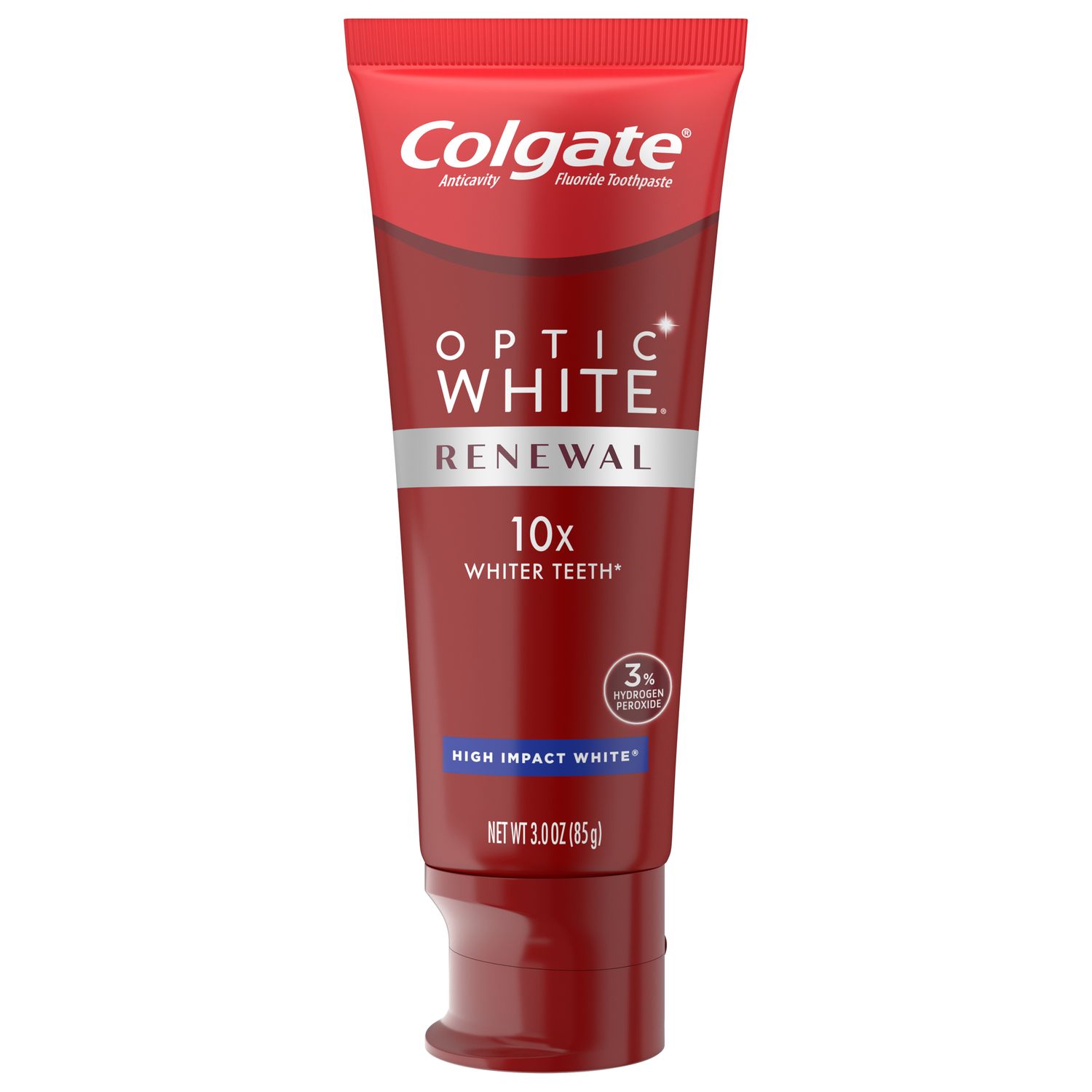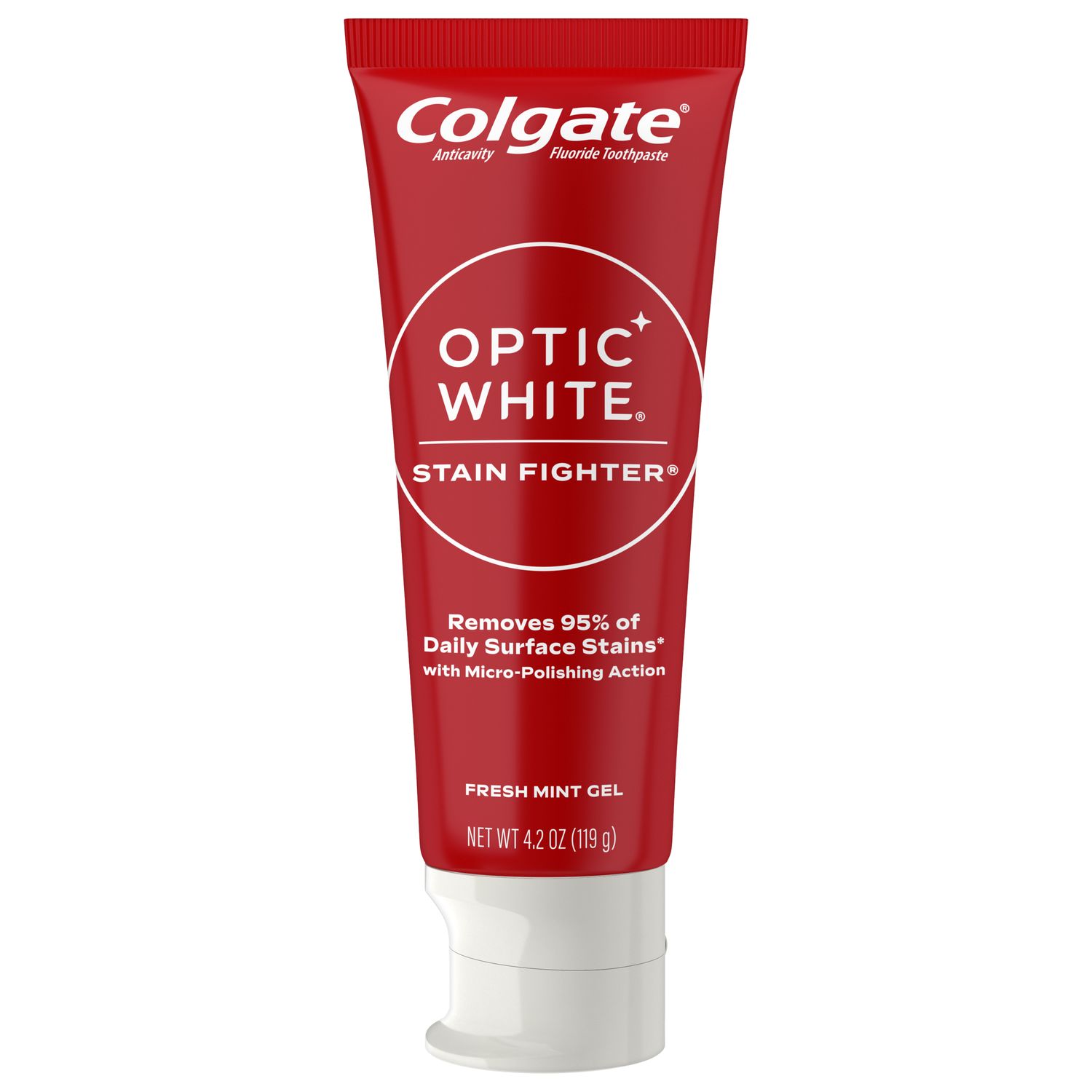Are Teeth Whitening Methods Safe?
Teeth whitening methods have been evaluated for decades and are used by millions of people. The American Dental Association (ADA) states that safe and effective teeth whitening options are available for both in-office and at-home applications and over-the-counter (OTC) treatments.
Can Teeth Whitening Hurt Your Teeth?
However, several minor side effects are sometimes associated with teeth whitening. These include gum irritation, tooth sensitivity, and impact on dental restorations.
Gum Irritation
Hydrogen peroxide and carbamide peroxide are the most common active ingredients for teeth whitening products. Treatments prescribed by your dentist — whether that's an in-office procedure or take-home whitening trays — contain higher levels of these bleaching agents. If the bleach were to touch your gums, it could cause irritation. However, your dentist takes extra precautions to protect your gum tissue. During in-office procedures, a protective gel will be used to shield your gums from the bleaching agent. Similarly, at-home trays are customized to fit your teeth, so as little whitening gel touches your gums as possible. If you still experience any issues, the irritation should heal on its own.
Tooth Sensitivity
Tooth sensitivity is another common side effect of all forms of teeth bleaching. According to the ADA, sensitivity is possibly due to the inflammation of the pulp from peroxide exposure during the treatment. Many factors may influence the severity of the sensitivity, including the peroxide concentration, the presence of restorations, or even the intensity of light used. The sensitivity may resolve on its own, but if not, you can try:
Brushing with toothpaste made for sensitive teeth.
Wearing the strips or trays for a shorter time.
Asking your dentist for a fluoride product to help remineralize teeth.
Pausing the whitening process for several days to allow teeth to adapt.

Pro Series Toothpaste
Created by whitening professionals, Colgate® Optic White® Pro Series Whitening Toothpaste contains our highest level of hydrogen peroxide (5%) in an over-the-counter whitening toothpaste.

Effects on Dental Restorations
Some research suggests that whitening treatments may have adverse effects on dental restorations. However, these effects depend on the type of material used. The peroxide may accelerate the amount of mercury leached from dental amalgam, depending on the concentration of peroxide used, time of application, and age of the dental amalgam. However, the concentration of mercury leached is still below a level associated with possible health concerns. Plus, other materials — like the ones used for crowns and implants — show the best resistance to peroxide. If you're concerned about the effects of whitening treatments on your dental restorations, talk to your dentist about the best option.
How to Safely Whiten Teeth
If you are interested in taking the next steps toward a whiter smile, follow these steps to safely use teeth whitening products.
Step 1: Talk to your dentist
Your dentist can evaluate your tooth health and address any issues — like cavities or gum disease — before you start a whitening protocol. They also can advise on the best whitening treatment and answer any of your questions.
Step 2: Follow teeth whitening product instructions
Each product comes with a unique set of instructions for the duration and frequency of use. Overuse or incorrect use of the product may put you at higher risk for side effects like gum irritation or tooth sensitivity.
What is the Safest Teeth Whitening Method?
All common teeth whitening methods are generally considered to be safe when they are done in line with the manufacturer or dentist’s instructions. However, they may not be suitable for children, pregnant women, or those with certain health conditions. If you have any questions about the safety of a tooth whitening method, it’s best to check with your dental professional before you try it.
The risk of side effects is highest when using a product with a stronger concentration of bleaching agent, like those provided by your dentist in-office. However, your dentist has a number of ways to minimize these risks and manage any side effects that arise. Whitening toothpastes and mouthwashes present the lowest risk of side effects, as the concentrations of bleaching agents are very low. With any whitening product, the risk of side effects also increases if you use more of the product than instructed, or leave it for longer than instructed.
Is teeth whitening safe? Yes, it can be. Simply handle your whitening protocol like any medical treatment — listen to your dentist, follow instructions, and watch for unwanted side effects. Then, you can safely and effectively whiten your teeth and brighten your smile.
ORAL HEALTH QUIZ
What's behind your smile?
Take our Oral Health assessment to get the most from your oral care routine
ORAL HEALTH QUIZ
What's behind your smile?
Take our Oral Health assessment to get the most from your oral care routine















